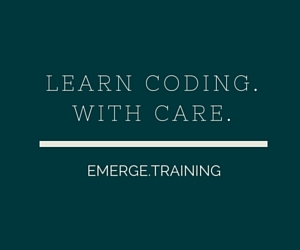Before You Read This Documentation
If you do not yet fully know what Sling is or what it is for, you might want to start with the following:
Original blog post announcement for the Sling Programming Language
Introduction
The syntax of the Sling programming language was originally designed on the foundation of the pre-existing EQ programming language, which in turn derived many of its original ideas from languages such as Java, C# and C/C++. However, the development of Sling itself was also inspired by many other languages, including (but not limited to) FoxPro, Visual Basic, Lua, Python and other modern (and less modern) languages. Overall, it could be said that the language still belongs in the "C" syntax family (as it uses curly braces for grouping), but carries a very distinct syntax in many places.
The sample program below serves as a sample demonstrating the general syntax:
// MyClass.sling -- Sling code files are saved with the ".sling" extension
/*
* This is a class declaration. The name of the class is automatically
* determined from the name of the file. Continues until
* the end of the file.
*/
class:
// This is the class constructor.
ctor
{
}
// This is a method inside the class: It receives one integer parameter
// and returns an integer value.
func doSomething(x as int) as int
{
var n = 100
n = n + x
return n
}
// This is another method that takes no parameters and returns no value.
// This method prints the word "Hello" one hundred times.
func execute
{
for(var n=0; n<100; n++):
PRINT "Hello"
}
The purpose of this documentation is to provide a comprehensive specification of the language and its feature. At the same time, this document is meant to be readable also for the practical purpose of learning the language and understanding how it can be used.
General Language Features
The following topics describe many commonly used, fundamental features of the language:
The Sling language: Common terminology
General syntax of a Sling program
Comments and documentation strings in Sling
Variables and variable declarations in Sling
Entities
Each source code file in a Sling program is used to define at least one entity. Entities represent blocks of code that are used in different ways (depending on the type of the entity) to combine functionality and to define the unique character, functionality and structure of the entity. While it is generally possible to declare several entities in a single file, it is usually not a recommended practice.
Commonly used entity types are classes and interfaces.
All entities have a name, which must be a valid identifier. Furthermore, each entity declaration also always declares a data type that can be used eg. in variable declarations, function parameters, etc. Sling currently defines the following types of entities:
Functions and methods in Sling
Expressions
Expressions are used in many parts of programs including as components of statements, variable values and as default values for function parameters. An expression always returns a value of a specific data type, depending on the expression and its parameters, and is often composed of a number of "sub-expressions" connected to each other via operators (see below). The primary expressions are fundamental building blocks that can be combined together by the use of operators, or as parts of compound expressions.
Sling: User Interface Expressions
Statements and control structures
The Sling language defines a number of standard built-in statements and control structures, described in the articles below. Note that while many of the statements come with two optional syntaxes, one with the use of parenthesis around the parameter expression and one without, the version WITHOUT the parenthesis is always preferred and encouraged. Future versions of the Sling compilers may issue warnings or even errors when parenthesis are used where they are not necessary.
Sling: Variable declaration statement
Sling: Preprocessor statements
Other features
For other language features not particularly discussed above, see the following:


